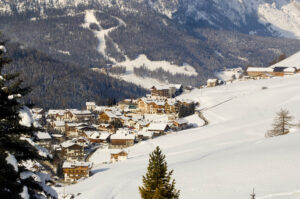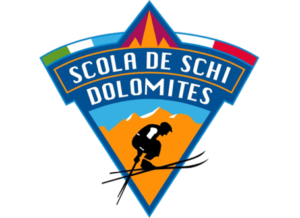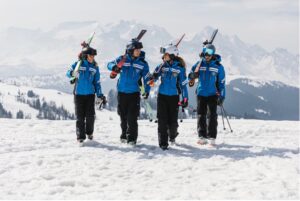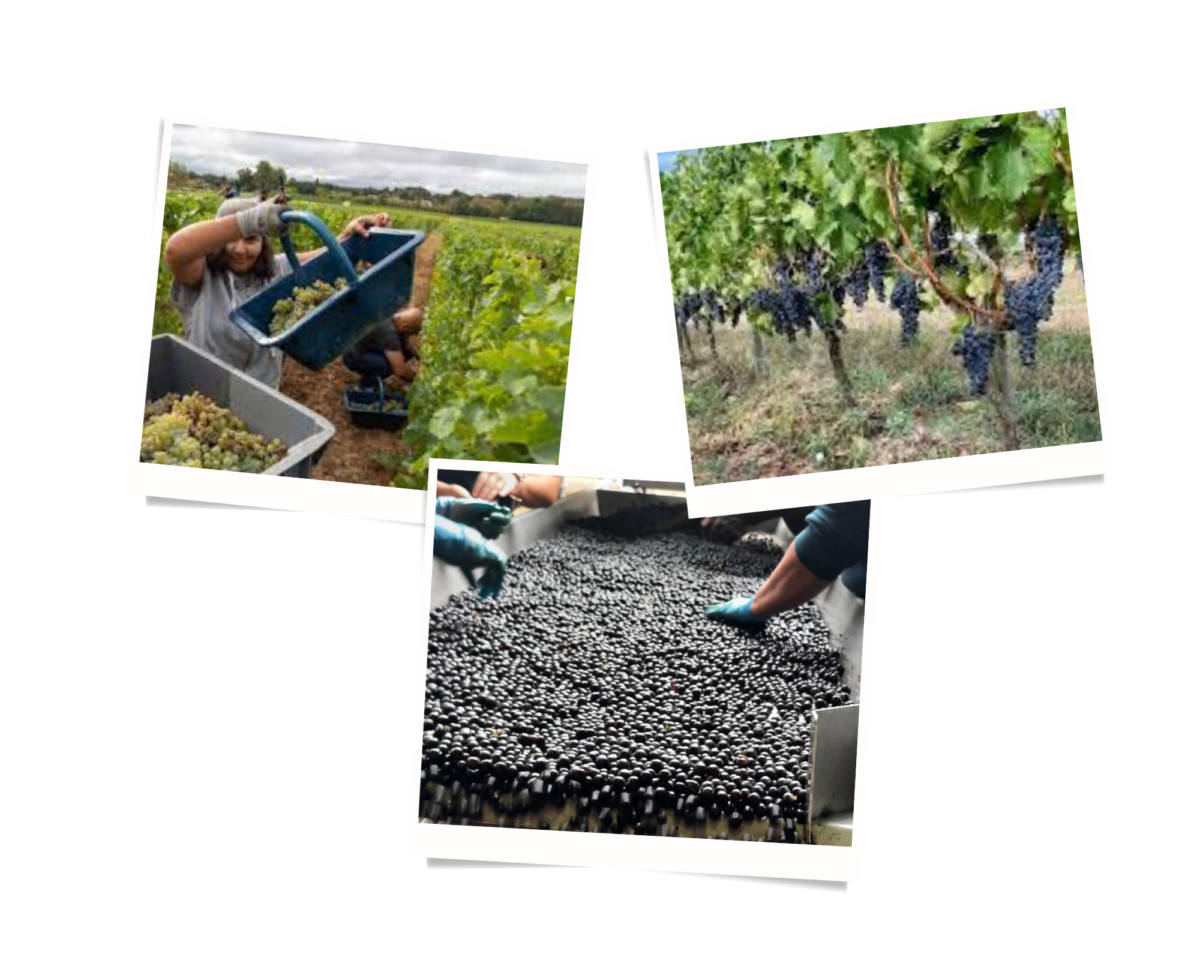The Director General of the International Organisation of Vine and Wine, Pau Roca, will review the current situation of the vitivinicultural sector at a global scale on
Thursday, April 20th 3 PM CET
with presentations and data on: World Wine Trade, World Wine Consumption, and World Wine Production.
The OIV is the intergovernmental organization of a scientific and technical nature of recognized competence for its work concerning vines, wine, wine-based beverages, table grapes, raisins and other vine-based products. It is composed of 49 Member States.
Web Conference:
Register to attend https://bit.ly/3MUDWWT
#wine #winelovers #winetrade #winenews #winebusiness #wineeconomics #wineindustry #winetasting #vines #oiv #vinho #enologia #vitivinicultura #viticultura #viticulture #vine #news #trending

![Current State of the World Vine and Wine Sector [Web Conference]](https://www.liz-palmer.com/wp-content/uploads/2023/04/oiv-conference.png)


![Wine in Trentino Alto Adige, A Taste of the Dolomites – by Michele Shah [Part ll]](https://www.liz-palmer.com/wp-content/uploads/2023/04/Wine-in-Trentino-1200x960.png)
![The Magical flavors of the Dolomites – Fine Dining by Michele Shah [Part l]](https://www.liz-palmer.com/wp-content/uploads/2023/04/Dolomites_social.1-1200x960.png)



